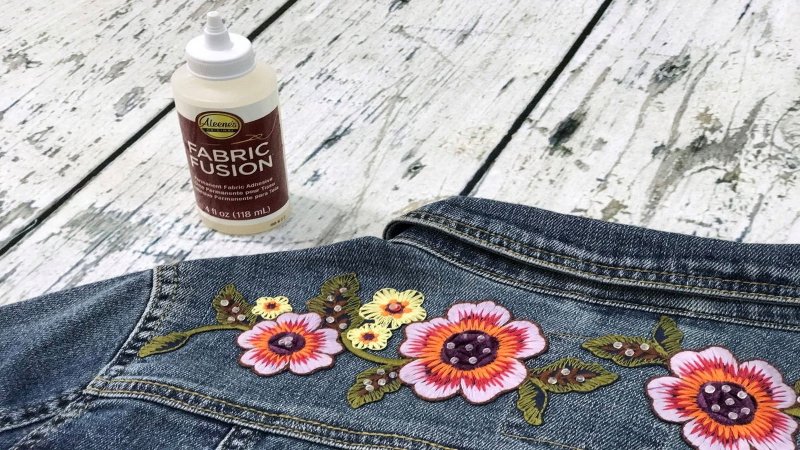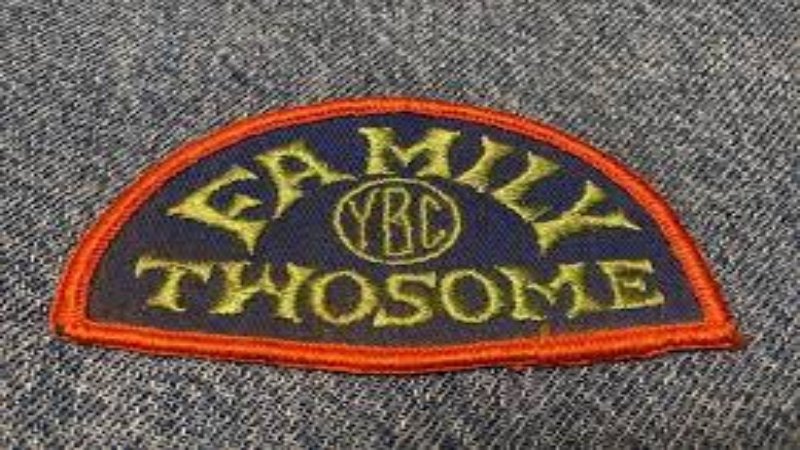How to Attach Patches to a Jacket: Iron-On, Sew-On & More
Personalizing or repairing a jacket with patches is a simple yet interesting way to add style or fix the damage. This comprehensive guide offers step-by-step instructions for attaching various types of patches to different jacket materials, regardless of your skill level. By following these clear and concise instructions, you can successfully repair damaged areas or add a unique personal touch to your favorite jacket. Let’s see!
1. Choosing the Right Patch and Attachment Method
1.1 Types of Patches (Iron-on, Sew-on, Velcro, etc.)
Numerous patch types exist, each with unique properties. Iron-on patches offer convenience while sew-on patches provide durability. Velcro patches allow for easy attachment and removal. Embroidered, chenille, woven and printed patches offer diverse textures and design possibilities. Embroidered patches showcase detailed stitching, woven patches use intricate weaving techniques and printed patches feature vibrant designs. Patch material selection impacts durability and aesthetic appeal.
The choice between iron-on, sew-on or Velcro patches depends on your needs and the jacket material. Iron-on patches are convenient but may not be as durable as sewn-on patches. Velcro patches offer easy removal but might not be suitable for all situations. The type of patch chosen will also impact the look and overall quality. Each patch type offers a different combination of ease of use and longevity.
1.2 Matching Patch and Jacket Material
Patch and jacket material compatibility is crucial. Iron-on patches work well on cotton, denim, and polyester jackets but avoid using them on leather or delicate fabrics. Sew-on patches are suitable for virtually any jacket material. For denim jackets, both iron-on and sew-on patches work effectively.
Leather jackets usually require sew-on or adhesive methods. Nylon and polyester jackets generally accept iron-on patches. The longevity and success of your patch application depend on selecting compatible materials. Using the wrong method might lead to premature patch failure or damage to the jacket.

1.3 Selecting the Right Adhesive for Non-Iron-On/Sew-On Patches
For non-iron-on or sew-on methods, fabric glue provides a versatile solution. Consider the glue’s permanence and flexibility; choose a permanent adhesive for long-lasting results or a temporary adhesive for removable applications. When using fabric glue, you always test it on a hidden area of the jacket first to ensure it does not stain or damage the fabric. The correct glue can be the determining factor in how long your patches stay attached.
2. Step-by-Step Guide to Attaching Patches
2.1 Preparing Your Jacket and Patch
Before attaching any patch, clean the jacket area thoroughly. Accurate patch positioning is essential; measure and mark for symmetrical placement if necessary. Ironing the jacket area beforehand helps create a smooth surface for better adhesion. This simple preparation step enhances the patch’s placement and overall look.

2.2 How to Iron-On a Patch
Set your iron to the appropriate temperature for your jacket’s material. Place the patch adhesive-side down on the marked area, covering it with a pressing cloth to protect the fabric. Iron for the recommended duration (usually 30-60 seconds), applying even pressure. Flip the jacket and iron from the inside to fully set the adhesive. If the patch doesn’t adhere properly, re-iron with increased pressure; if the fabric scorches, you can iron at a lower temperature.

2.3 How to Sew-On a Patch
You can select a needle and thread appropriate for your jacket material. Use basic stitches such as a running stitch, whip stitch or blanket stitch, depending on your skill and the desired aesthetic. Begin by knotting the thread and securing it to the jacket’s underside. Stitch around the patch’s perimeter, taking even-sized stitches. Knot and secure the thread on the reverse side to prevent unraveling. A sewing machine can speed up the process for larger patches.
Choosing the right needle and thread ensures efficient sewing. The stitching technique impacts both appearance and durability. Securing the thread properly is crucial for long-lasting results. Knowing how to use a sewing machine might speed up the process.

2.4 Applying Patches with Fabric Glue or Adhesive
Apply a thin, even layer of fabric glue to the back of the patch and the jacket area. Follow the adhesive’s drying time instructions carefully. For added security, you can clamp the patch or weigh it down during drying to prevent it from shifting. Besides, you can use a thin layer of glue to prevent the excess from seeping out. You always test the glue on a less visible area of the jacket.

3. Tips for Long-Lasting Patches
3.1 Caring for Your Patched Jacket
Proper care extends the life of your patched jacket. Washing instructions depend on both the jacket and patch materials. Generally, turn the jacket inside out before washing it to protect the patch. Use a gentle cycle and cold water. Avoid dry cleaning jackets with iron-on or glued patches as the heat and chemicals may damage the adhesive or fabric.
3.2 Troubleshooting Common Patch Problems
Patch peeling or lifting often results from improper application or aggressive cleaning. Re-attach the patch using the original method or a more durable technique such as sewing. Frayed edges can be trimmed and reinforced with a stitch. Loose threads should be secured to prevent unraveling.
You should regularly inspect your patches for any signs of damage or wear and tear. Addressing minor issues promptly prevents them from becoming bigger problems. Careful application and maintenance will extend the life of your patched garments significantly.

4. FAQs about Patches
4.1 Can I remove a patch after it’s been attached?
Patch removal depends on the attachment method. Iron-on patches can be carefully peeled off after applying heat with an iron or hairdryer but residue may remain. Sewn-on patches require removing stitches, which may leave small holes. Patches attached with glue might require careful peeling, potentially damaging the underlying fabric.
4.2 What if my patch doesn’t have instructions?
If a patch lacks instructions, use general guidelines based on its type and material. Iron-on patches typically require heat and pressure. Sew-on patches need a needle and thread. For glued patches, carefully peel them off and use a fabric glue remover if necessary.
4.3 Can I attach a patch to a delicate fabric?
Attaching a patch to delicate fabric requires extra care. Avoid iron-on methods as the heat can damage the fabric. You can test any adhesive on a hidden area first. Sew-on patches are generally the safest option for delicate fabrics, offering a secure attachment without heat or potentially damaging adhesives. Hand-sewing with a fine needle and thread minimizes fabric disturbance.
4.4 What kind of needle and thread should I use for sewing on a patch?
Needle and thread selection depends on your jacket’s fabric weight. For lightweight fabrics, use a fine needle and lightweight thread. Medium-weight fabrics pair well with medium-weight needles and threads. Heavyweight fabrics require a heavier needle and thread. Embroidery floss offers a decorative alternative for more visible stitching.
4.5 Where can I buy patches?
Patches are readily available from various sources. Online marketplaces like Etsy and Amazon offer a vast selection. Local craft stores often carry a range of patches. You can also find specialized patch retailers online, offering unique designs and styles.
5. My Pack Love – Providing Services for Patches
My Pack Love offers comprehensive services for creating custom patches. We provide a wide array of materials and customization options to meet diverse needs. Our expertise ensures high-quality patches from design to production. Contact us at [email protected] or +84 363615867 to discuss your project. We also offer bulk discounts for large orders; inquire for details on current special offers.
My Pack Love’s design capabilities enable creation of unique and personalized patches that reflect your brand or style. Our fast turnaround times get your patches to you quickly and efficiently. Our bulk discounts make us an economical choice for larger projects. Contact us today to learn more about our services and special offers!
Read more:
- USPS poly mailers: Sizes, regulations & where to buy
- How to print on poly mailers: Methods, costs and eco-friendly options
- How to make custom poly mailers: Design, print & order
This guide detailed various methods for attaching patches to jackets from simple iron-on applications to more durable sewing techniques. Experiment with different methods to find what suits your skill level and desired outcome. Personalizing your jacket with patches is a fun and easy way to express yourself. This guide provides comprehensive instructions to help you achieve long-lasting, high-quality results. Don’t hesitate to experiment and explore your creative side – your customized jacket awaits!


















